Stunning Sacred Megalithic Sites of Britain
More than nine hundred stone circles exist in the British Isles and twice that number may originally have been built. These megalithic structures are more accurately called rings rather than circles because they often display non-circular elliptical shapes. It is difficult to precisely date the stone rings because of the scarcity of datable remains associated with them, but it is known that they were constructed during the Neolithic period, which in southern England lasted from approximately 4000 to 2000 BC. Below are images of just a tiny selection of these, as photographed by Martin Gray of Sacredsites.com.
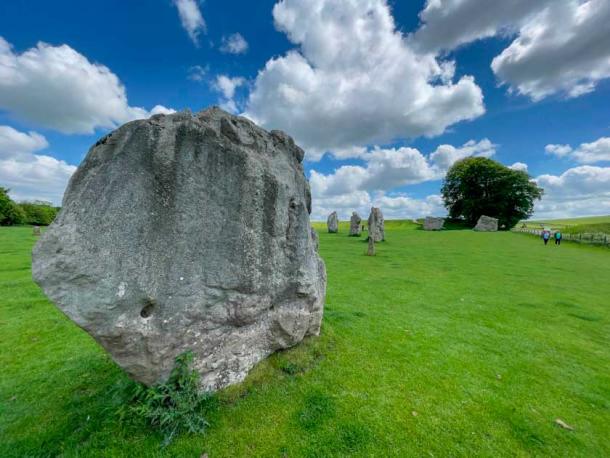
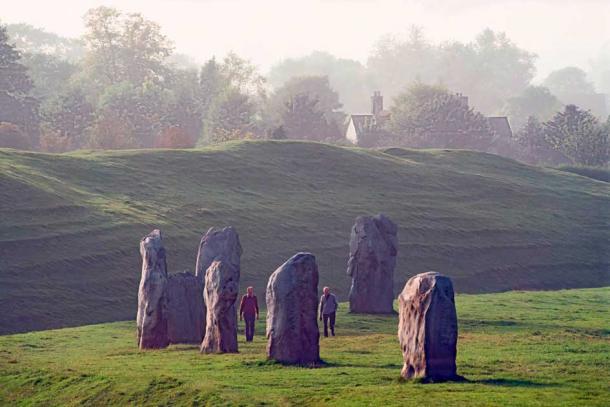
Avebury Stone Circle, Wiltshire, England. Ninety miles west of London and twenty miles north of Stonehenge stands Avebury, the largest known stone ring in the world. Older than the more famous Stonehenge, and for many visitors far more spectacular, the multiple rings of Avebury are cloaked with mysteries which archaeologists have only begun to unravel. (Sacredsites.com)
- The Scottish Stonehenge Architect and His Aberdeenshire Stone Circles
- 6 of the Most Magnificent Stone Circles of the British Isles
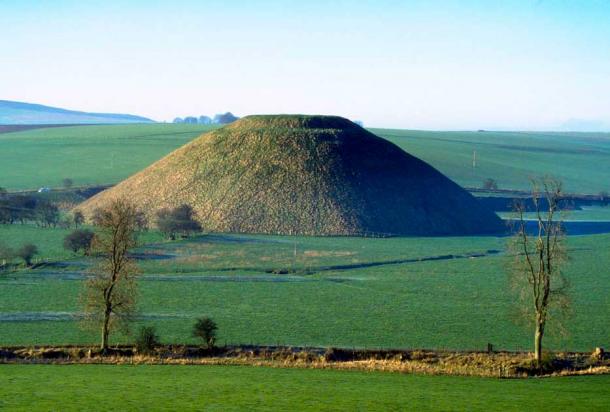
Silbury Hill, Avebury, Wiltshire. Silbury Hill is a prehistoric site located near Stonehenge and Avebury (a Neolithic henge monument) in the southwestern English county of Wiltshire. Silbury Hill has been measured to be 30 m (98.4252 ft.) tall and 160 m (524.93ft.) in width, thus making it the largest artificial earth mound from Europe’s prehistoric period. This structure was constructed mainly of chalk that was excavated from the surrounding area. Today, Silbury Hill is part of the UNESCO World Heritage site known as ‘Stonehenge, Avebury and Associated Sites’. (Sacredsites.com)
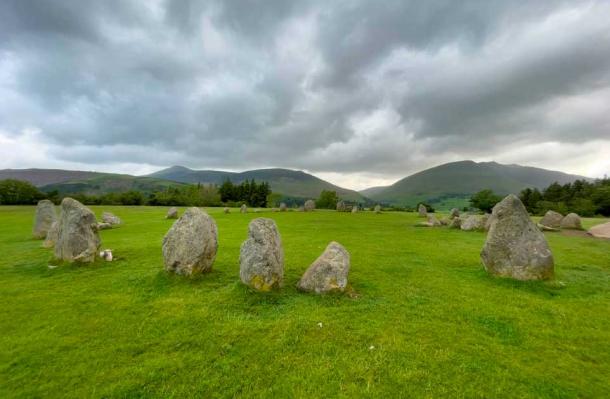
Castlerigg Stone Ring, Keswick. Thought to be one of the oldest stone circles in Britain and probably dating from either the late Neolithic or early Bronze Age, Castlerigg or 'The Carles' stands on a plateau of land between the River Greta to the north and Naddle Beck to the east and set within a natural amphitheater of Lakeland hills that give it what must be one of the finest settings of any circle in Britain. (Sacredsites.com)
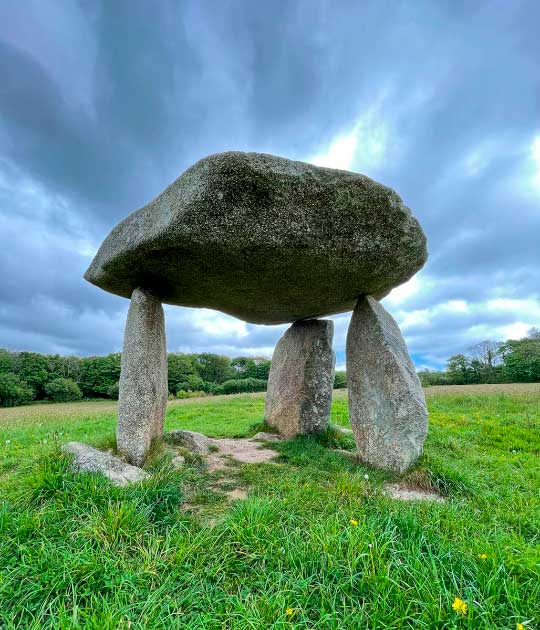
Carwynnen Quoit, Cornwall. The Carwynnen Quoit is an ancient dolmen which once sat in a field a few miles from the town of Camborne in Cornwall, in Southwest England. The 5,000-year-old structure collapsed in 1967 but the ancient monument has been restored to its former glory. (Sacredsites.com)
- Monumental Discovery! More of the Stonehenge Origin Story Comes to Light
- The Neolithic Builder of the Aberdeenshire Recumbent Stone Circles
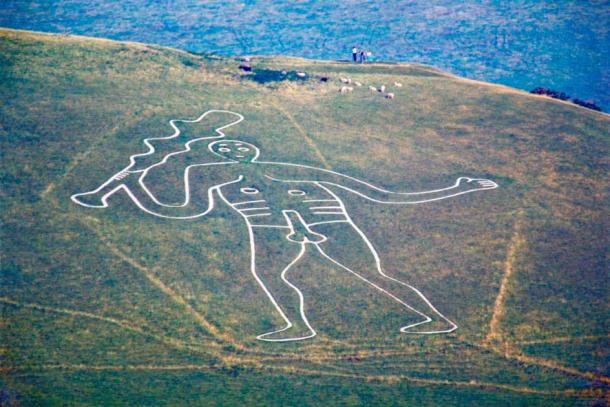
Cerne Abbas Giant, Dorchester. The Cerne Giant, also known as the ‘Rude Man’, is one of the best-known hill figures in the UK. It is located close to the village of Cerne Abbas, in the southwestern English county of Dorset, hence its name. (Sacredsites.com)
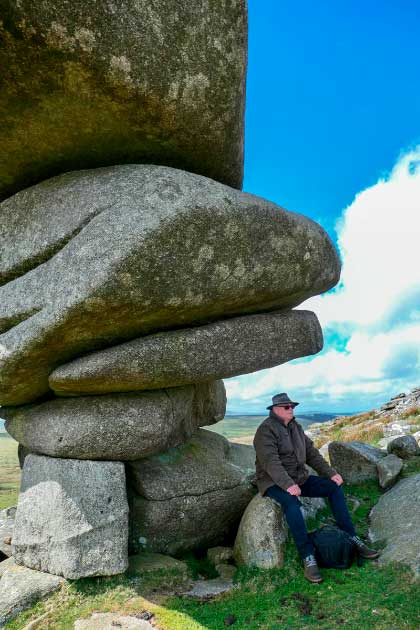
Cheesewring with scholar and author Paul Broadhurst, Cornwall. The Cheesewring is a granite tor in Cornwall, situated on the eastern flank of Bodmin Moor on Stowe's Hill. It is a natural geological formation, a rock outcrop of granite slabs formed by weathering. The name derives from the resemblance of the piled slabs to a "cheesewring", a press-like device that was once used to make cheese. (Sacredsites.com)
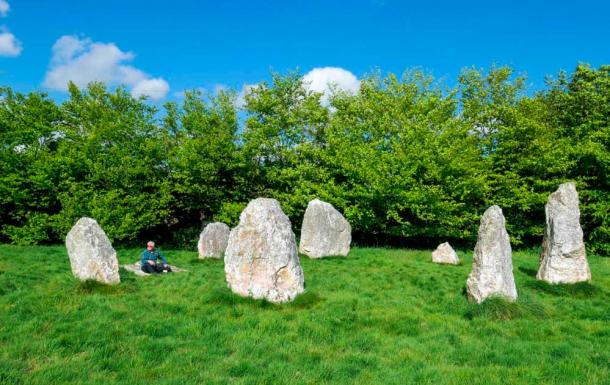
Duloe Stone Ring, Cornwall. Duloe stone circle or Duloe circle is a stone circle near the village of Duloe, located 5 miles (8.0 km) from Looe in southeast Cornwall, England. (Sacredsites.com)
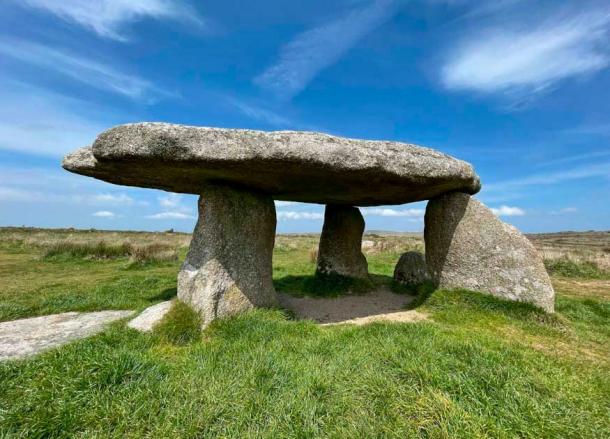
Lanyon Quoit, Cornwall. Lanyon Quoit is a dolmen in Cornwall, England, 2 miles southeast of Morvah. It collapsed in a storm in 1815 and was re-erected nine years later, and as a result the dolmen is now very different from its original appearance. (Sacredsites.com)
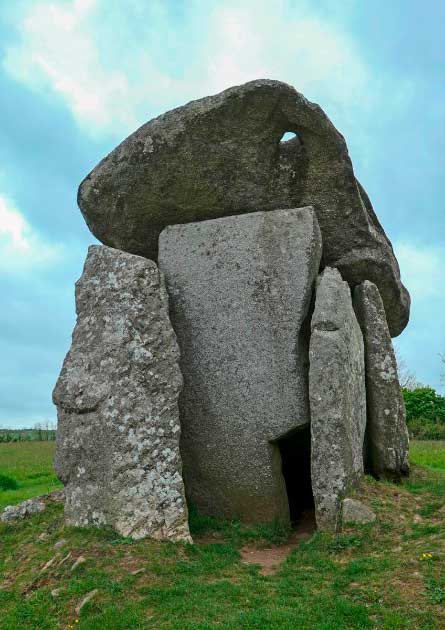
Trethevy Quoit, Cornwall. This is a well-preserved megalithic structure between St Cleer and Darite in Cornwall, United Kingdom. It is known locally as "the giant's house". (Sacredsites.com)
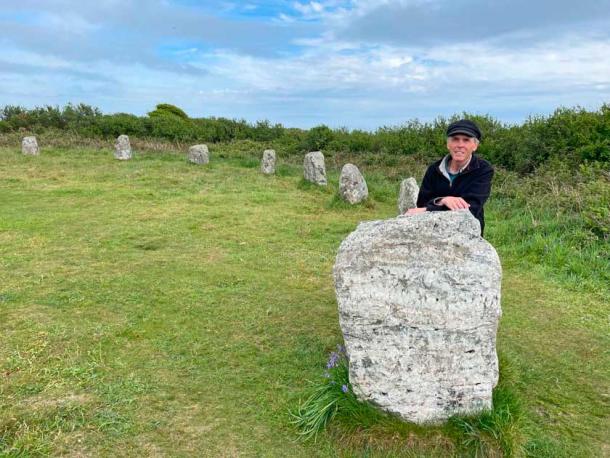
Boscawen Un Stone Ring, Cornwall. (Sacredsites.com)
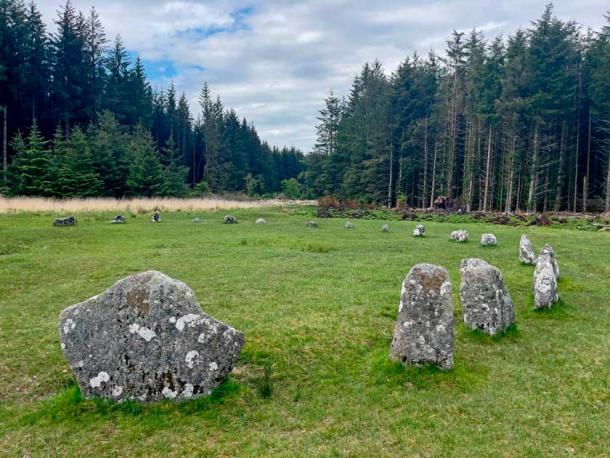
Fernworthy Stone Ring, Devon (Sacredsites.com)
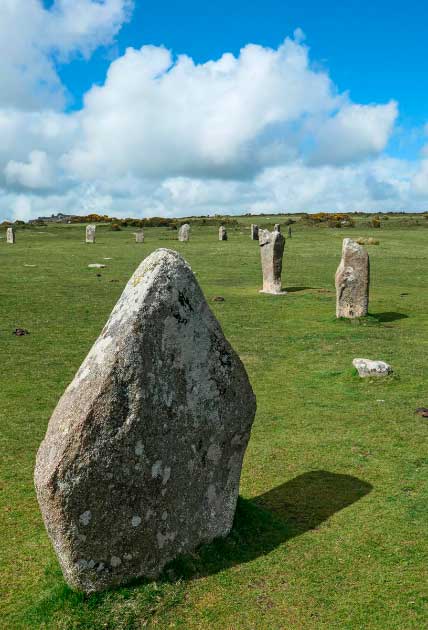
Hurlers Stone Ring, Cornwall. Three fine late Neolithic or early Bronze Age stone circles arranged in a line, a grouping unique in England. Hurlers Stone Circles are probably the best examples of ceremonial circles in the southwest. According to legend, they are the remains of men petrified for playing hurling on a Sunday. (Sacredsites.com)
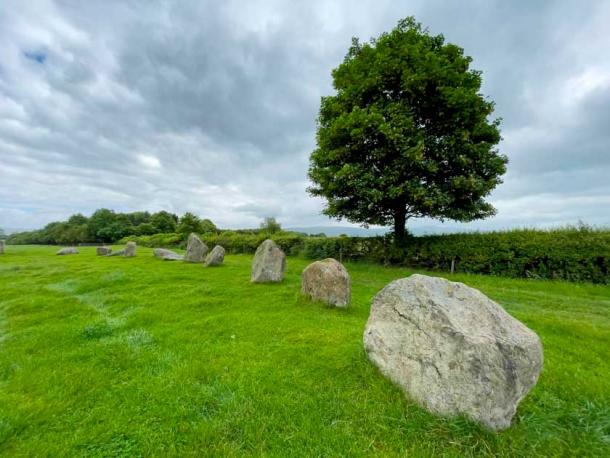
Long Meg and Her Daughters, Little Salkeld (Sacredsites.com)
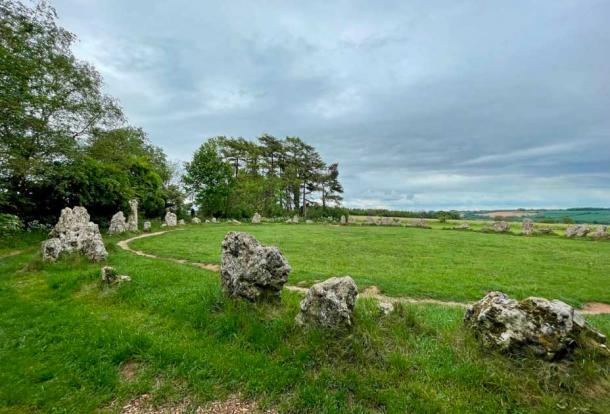
Rollright Stone Ring, Oxfordshire. The Rollright Stones is an ancient site located on the Oxfordshire & Warwickshire border in England. The complex consists of three main elements, The King's Men stone circle, the King Stone, and the Whispering Knights. (Sacredsites.com)
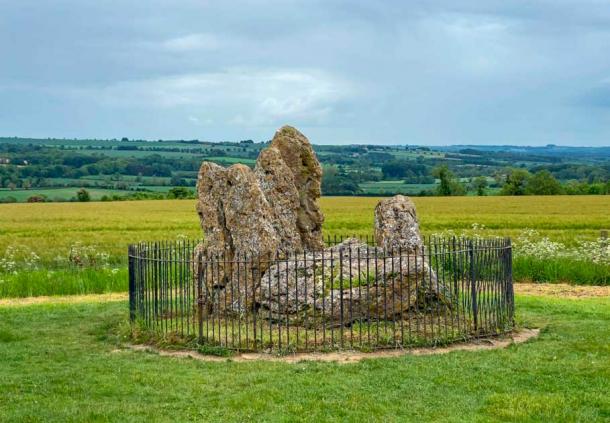
The Whispering Knights, Rollright Stone Ring, Oxfordshire. Four hundred meters east of Rollright Stone Ring, and probably predating it by over 1000 years, the Whispering Knights is a 'portal dolmen' burial chamber that consists of four upright stones and a large fallen capstone. (Sacredsites.com)
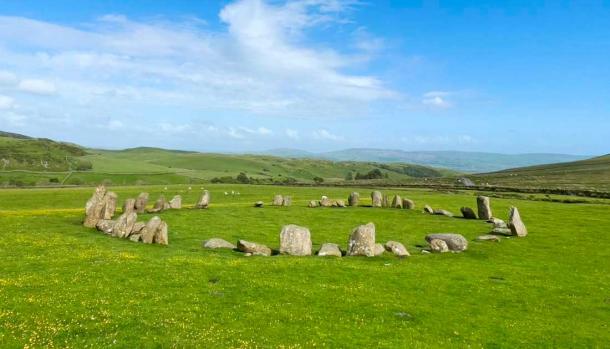
Swinside Stone Ring, Lake District (Sacredsites.com)
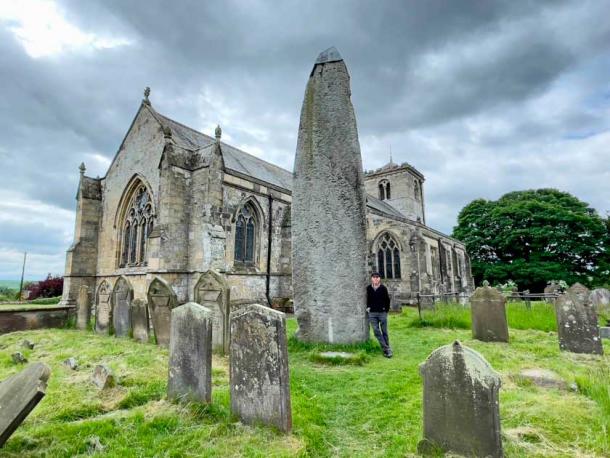
The Rudstone monolith and church. The Rudston Monolith at over 25 feet (7.6 m) is the tallest megalith in the United Kingdom. (Sacredsites.com)
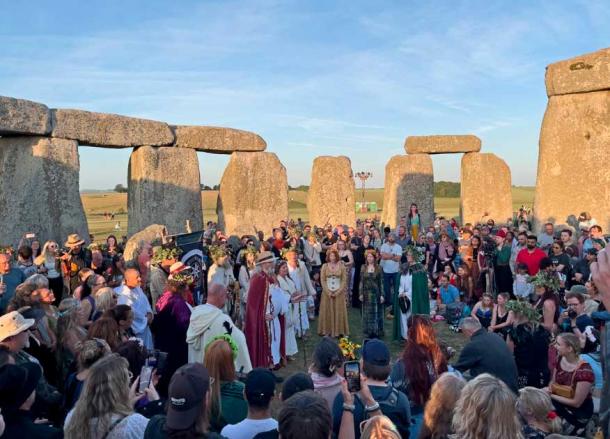
Stonehenge Summer Solstice 2022 (Sacredsites.com)
Top image: Men an Tol small formation of standing stones in Cornwall, UK. Source: Sacredsites.com
By Gary Manners


















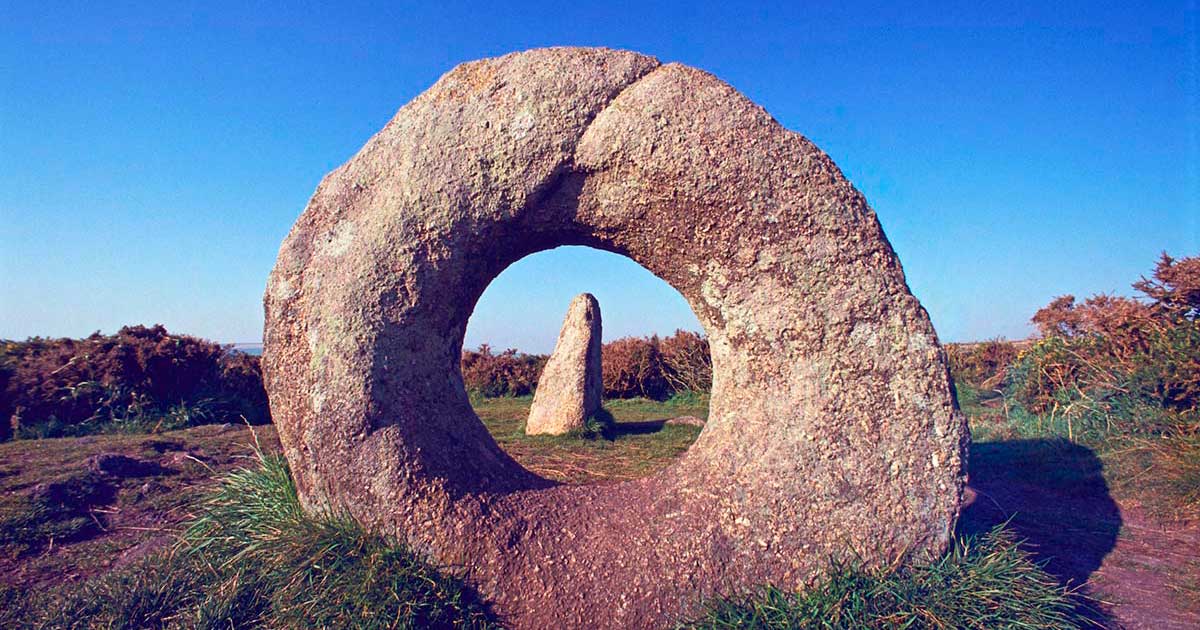

Comments
It would be interesting to know if the Men an Toll stones at the top of this article are in their original position. It screams of fertility rites as it is. The Cornish writer, Donald Thomas, mentioned the obvious connotations as the stones currently stand.